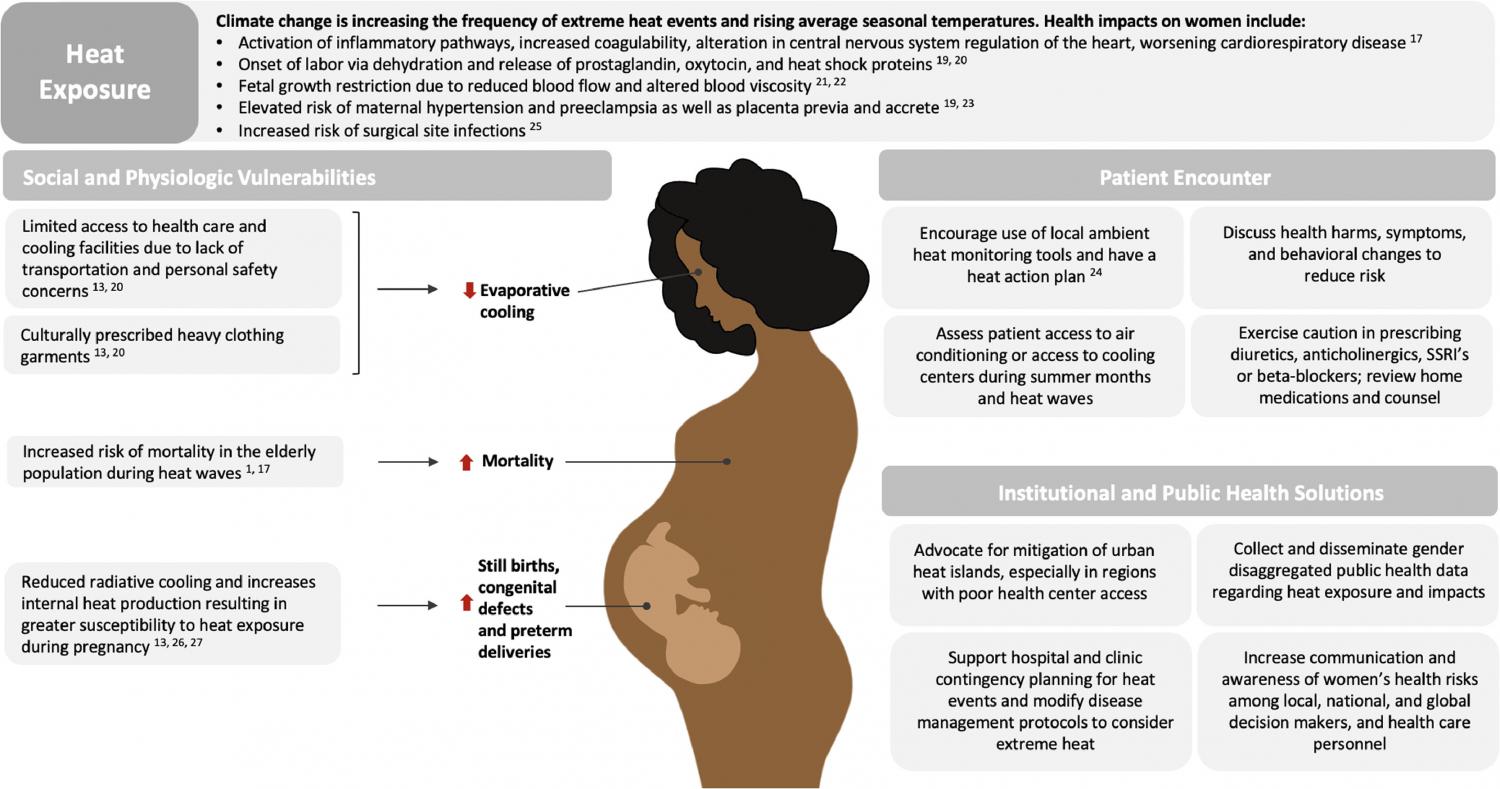
As noted by the United Nations Framework Convention on Climate Change (UNFCCC) and the American College of Obstetricians and Gynecologists (ACOG), women—especially those in poverty—experience a greater burden of health-related impacts from climate change[1], [2]. This is especially true for health impacts, making climate change a risk multiplier for gender-based health disparities. Due to physiologic, cultural and socioeconomic factors, women are at elevated risk of infectious disease, malnutrition, sexual violence, mental health disorders, lack of reproductive control, negative obstetric outcomes, and death compared to men[2], [3]. Studies documenting these risks are emerging from middle-to-low-income countries, but research is comparatively deficient when it comes to developed nations, especially the United States (US). This is troubling given that the US is the second largest annual emitter of greenhouse gases (GHG) in the world and has endured over $16 billion worth of climate disasters annually for the past five years[4], [5]. Additionally, these climate-related events erode the healthcare infrastructure needed to support women and families, further widening gender-based health disparities[2].
